I have some triac dimmer from IKEA (bought several years ago).
This dimmer makes audible noise (hum or buzz), very notable during night when it is placed on a bedside table. I failed to find the culprit.
I reverse engineered this circuit. This is the schematic:

I tried this:
- Firstly I have accused the inductor (L1 in my schematic) that it is vibrating. So I glued it with hot glue. Didn't help. Then I shorted it with a wire (that inductor is not really necessary for dimming). This didn't help either. The noise was still there. So I ruled this inductor out.
- Next I accused the ceramic cap (C3). I replaced it with film capacitor. Didn't help.
- Next I accused triac (Q1) and its heatsink (it is sort of flimsy, could be vibrating). I removed this triac completely and put new BT137-600E there (I have built several dimmers with this triac, never noticed any noise). This didn't help either. So I ruled out triac and its heatsink.
- I was desperate at this point. Next I accused capacitor C1. I removed it (it is just for filtering). Didn't help. So I ruled out this cap.
- Next I accused capacitor C2. I have replaced it by another film capacitor, and the noise is still there.
Did I miss anything? How to figure out what is making this annoying hum (or buzz) noise?
UPDATE:
I'm using it with incandescent lamp. I tried different ones.
My dimmer (I created) doesn't make any noise with none of those lamps. The noise is definitely going from dimmer itself, not the filament of the bulb.
The noise is loudest when dimmer is about in the midpoint (around half brightness), it is quieter when brightness is at the maximum, and quietest when brightness is at the minimum.


